
Anaga Rural Park, Tenerife
“Walker, there is no path, the path is made by walking”, said Machado, but we are not sure if the writer took much into account that the weather factor can also be an annoying wow factor.
What happens when we want to embark on a journey but phenomena such as DANA or taró get in the way? As we cannot fight against nature, at least we use science to be able to circumvent it and Knowing better the meteorological phenomena that roam freely through the sky that gives us shelter, we will be able to plan the next adventure with greater tranquility, because cautious traveler is worth two.
Now that we are wearing the fall suit, climate instability is a reality and phenomena such as fog, which began to settle over Spanish territory in September, have come to stay, but it is not the only one that can alter the passing of our days, there are some not so well known and whose behavior, due to climate change, do not stop evolving.
to understand them, Mar Gómez, head of the meteorology area at eltiempo.es, has helped us draw a map of these meteorological phenomena to know where and when to find them.
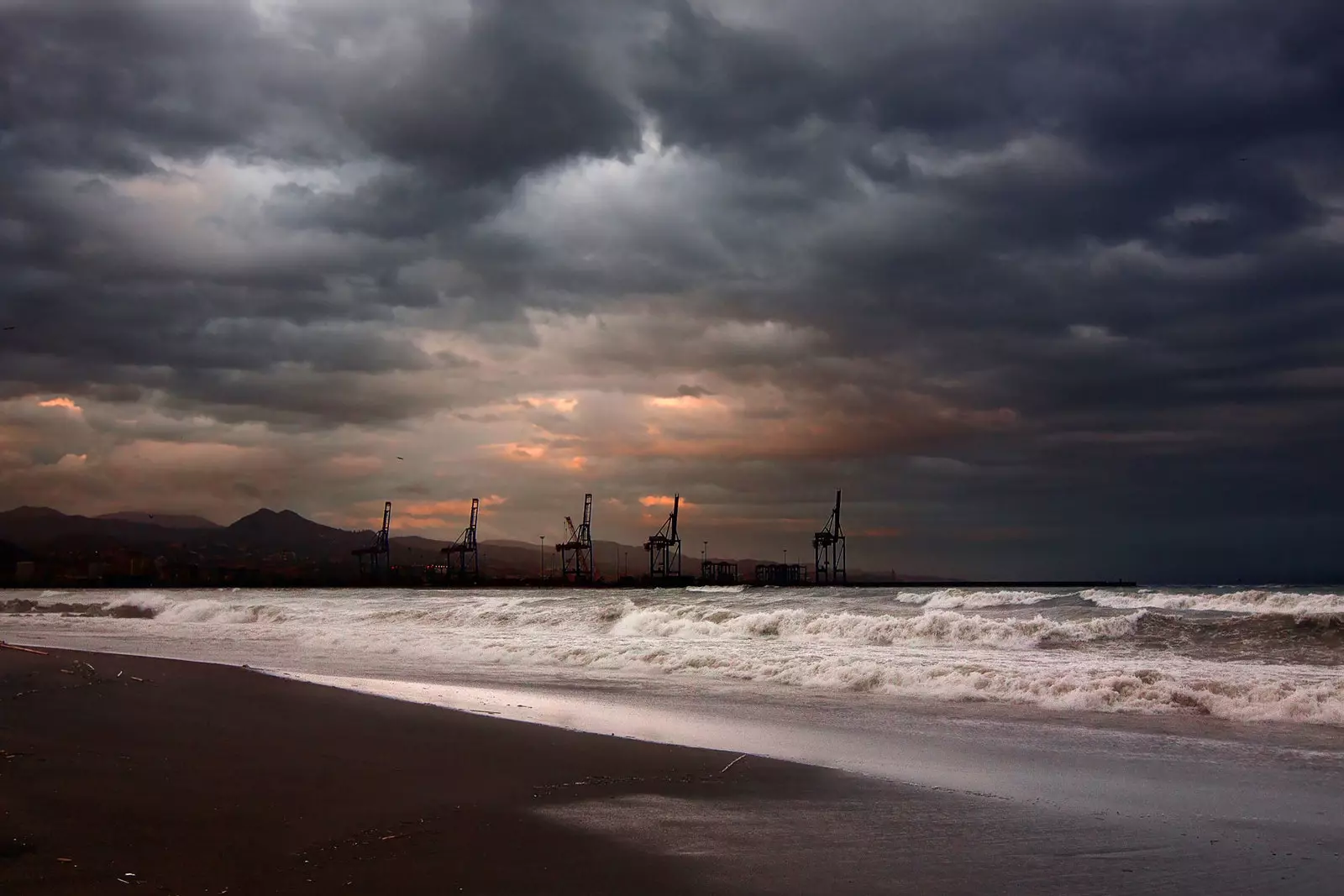
Misericordia Beach, Malaga
TELL ME WHAT THE WEATHER IS AND I WILL TELL YOU WHERE YOU ARE
bird's eye view, “The geographical and climatic diversity of our country gives rise to different types of meteorological phenomena, although our meteorology is not so adverse like that of other countries exposed to very extreme meteorological phenomena,” says Gómez.
But if we look closely region by region "we can find gale in the Bay of Biscay, an area highly affected by severe storms, storms formed by explosive cyclogenesis and entrances of frontal systems. In the interior of the peninsula, frosts, fogs and strong heat waves are frequent during the summer months with record values of up to 47.3ºC”, he adds.
We have just taken out the jacket after saying goodbye to the Veranillo de San Miguel that for a few days has lived with the cold drop. Also know as DANAs, Isolated Upper-Level Depressions, are “storms that have isolated cold air aloft and often cause torrential rains and flooding. They can occur anywhere in Spain, although those in the Mediterranean tend to be more dangerous”.
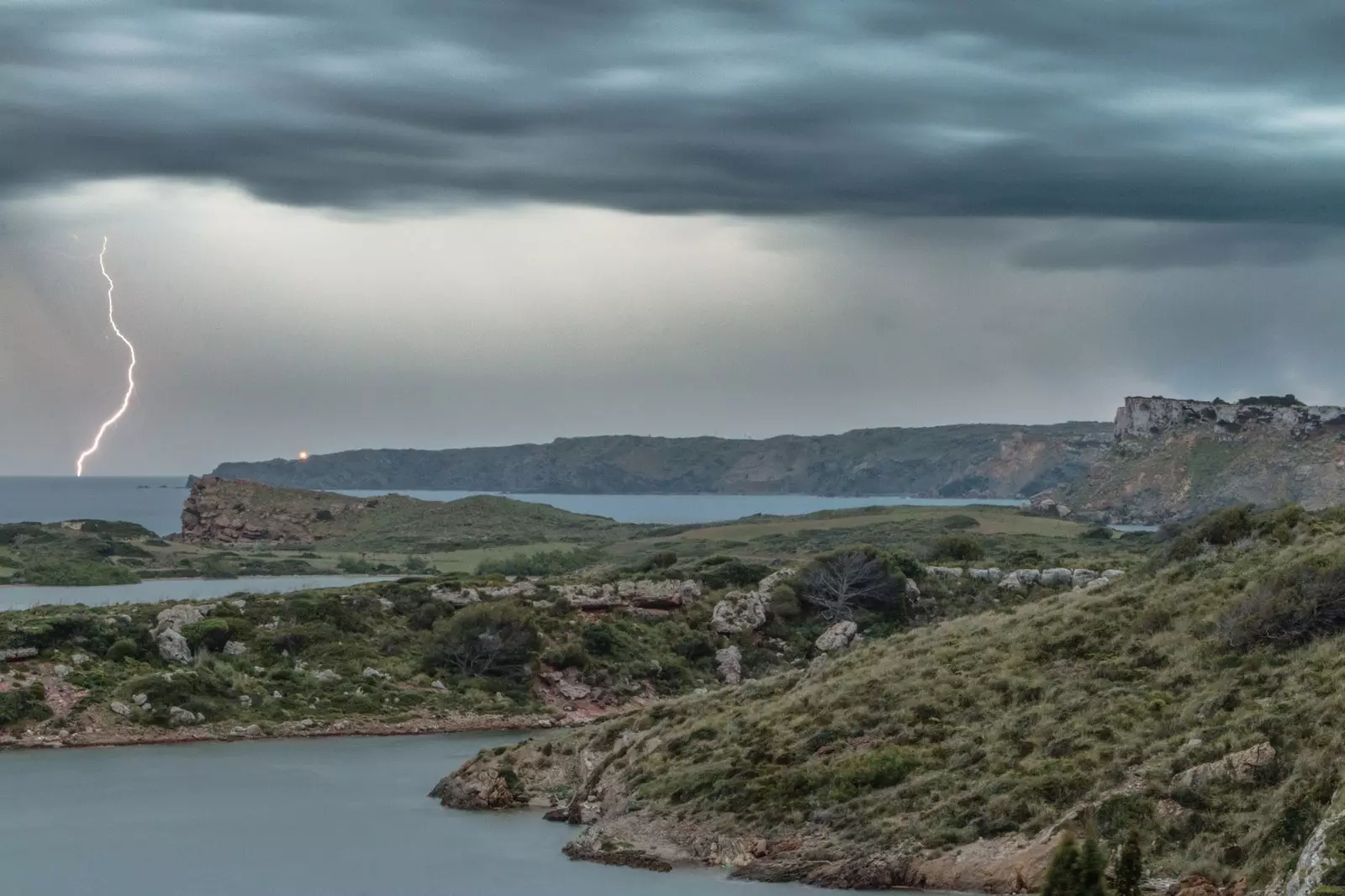
Storm approaching the island of Menorca
September brought the return of fog, a phenomenon that, depending on its location, presents many differences. Some dense and persistent, worthy of any horror thriller, have made it impossible for planes to take off and land, even caused accidents, like that of Los Rodeos, in Tenerife, on March 27, 1977, with 583 dead, the most serious in the history of aviation.
Depending on the region, the type of fog that covers it receives a name. The low, thick and very cold one that in Aragon is known as dorondón, is named “calambrón, calabrón or cambriza in other places and they are words that are used to refer to the frost” explains Gómez.
One that covers the triangle made up of Malaga, Ceuta and Algeciras through which the Alborán Sea flows responds to the name of Taró, hardly known name. Fruit of the freezing of the fogs in winter are the rimes, "More common in river valleys, mainly because cold air descends from the slopes and because of higher humidity that facilitates fog," he adds.
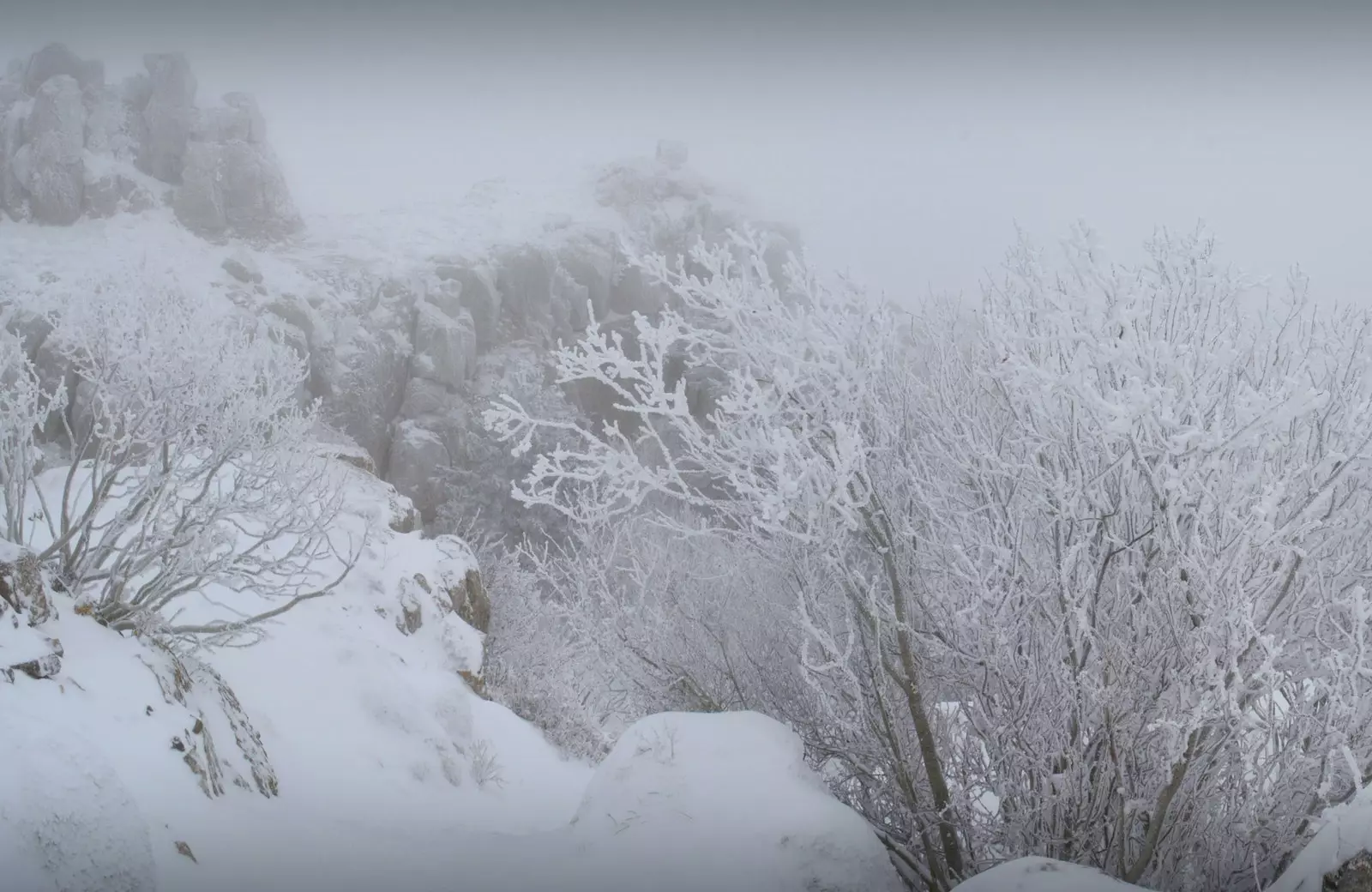
Peña Isasa, La Rioja
The wind is also a factor to take into account: “the trade winds in the Canary Islands that are responsible for retaining clouds to the north of the islands; the cierzo that blows from the northwest in the Ebro Valley, the terral in Malaga, the north wind in the Balearic Islands and Catalonia or the Levante wind which complicates the situation on the beaches of Cádiz, for example” they tell from el tiempo.es.
Also on the islands there are phenomena such as "the rissagas or those known as meteotsunamis of Menorca consisting of sudden fluctuations in sea level. The seas of clouds, known as panza de burra in the Canary Islands, are frequent in the islands, but they can also occur in other mountainous regions. Also in the Canary Islands there can be episodes of strong haze, marked by a characteristic subtropical climate. When haze mixes with precipitation, the rains of mud or blood that can also affect the peninsula,” adds Gómez.
WITH CLIMATE CHANGE EVERYTHING CHANGES
“Due to the increase in global temperatures due to climate change, extreme phenomena are becoming more pronounced in Spain: droughts, heat waves, tropical nights” begins by saying the person in charge of the meteorology area of eltiempo.es.
From the portal are aware of the evolution of extreme weather events in our country, more and more frequent, hence they include more information about it.
If we zoom in, we come across a situation that currently affects 32 million people who, since the 1980s, have witnessed how “Summer has been extended five more weeks. Semi-arid climates have increased by more than 30,000 km2 and it is expected that by 2070 half of the Spanish territory will have a semi-arid climate and some arid areas, like the peninsular southeast".
"The Mediterranean Sea is increasing in temperature, influencing the increase in tropical nights and consequently in DANAs. We are also seeing more frequency of post-tropical cyclones or hurricane remnants who arrive degraded in Spain in recent years", she concludes.
WE WILL DEPART TOMORROW, WEATHER PERMITTING
When planning a trip there are destinations that can be more "reliable", where the climate can give us a break and not be so variable, summer being the most stable time of year, especially in the center and south of the peninsula and islands.
“The north of the peninsula is exposed to the entry of fronts and storms, so weather changes are more frequent, but at the end of summer the Mediterranean is the most vulnerable region. The peninsular center is less exposed, since the fronts tend to arrive more weakened. In the Canary Islands, the influence of the subtropical climate and the pleasant temperatures all year round also make it a destination with a perfect climate," says Gómez.
Even so, she warns that "not even 15 days before we will be able to have a reliable forecast since the reliability of a weather forecast decreases as we get further back in time. It is important to have good forecast tools like the ones we offer at eltiempo.es or in our app. We must look at the state of the sky, wind and temperatures. If we want to go a step further, we can use the interactive maps we have to see the behavior of these variables”.
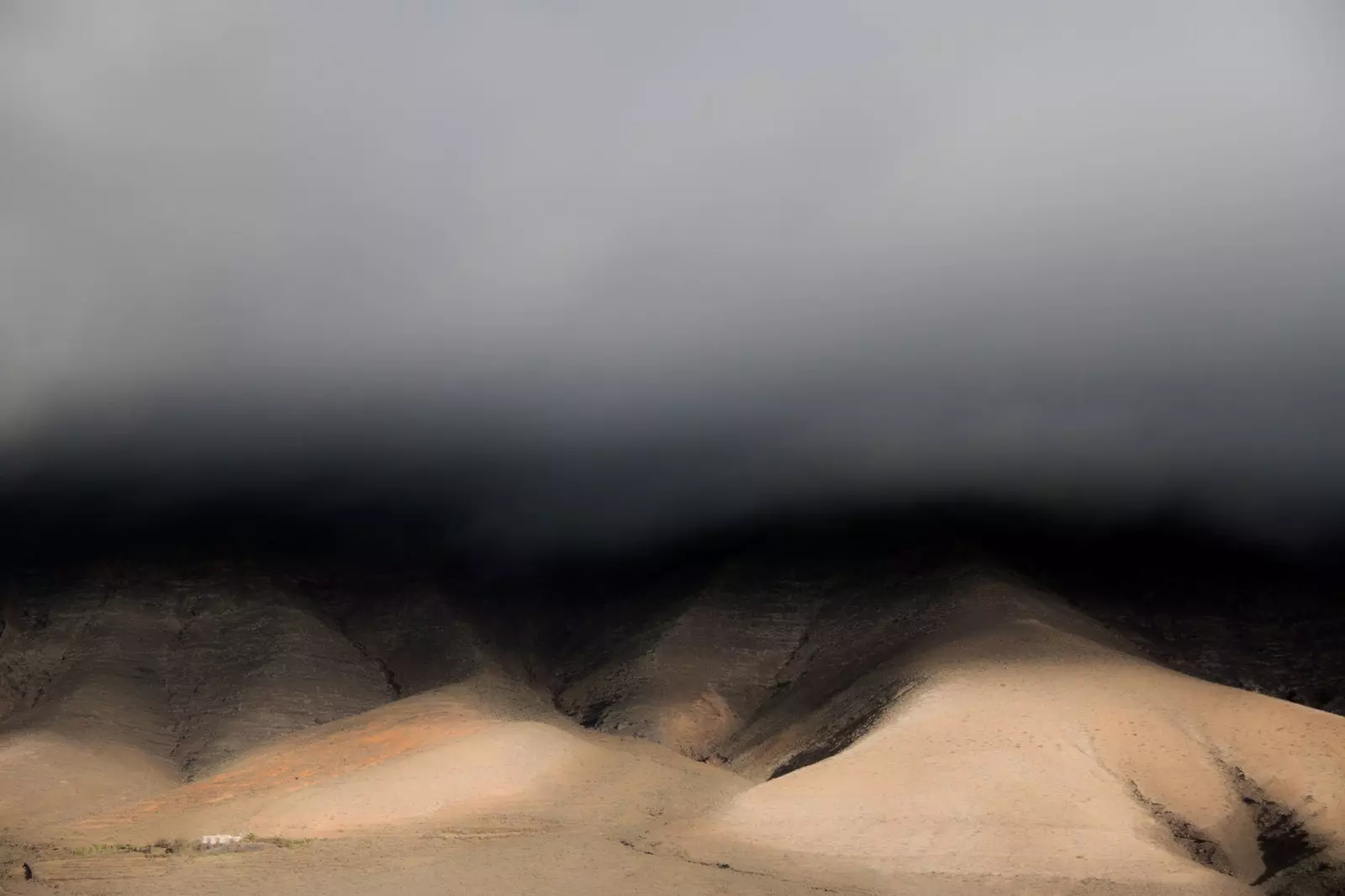
Caleta de Famara, Lanzarote
GIVE THE METEOROLOGICAL REPORT IN TIMES OF PANDEMIC
The cancellation of flights and the decrease in the number of flights has also affected weather forecasting to some extent. “The observations used to make the forecasts come from ships, planes, ocean buoys, weather stations, radio soundings, radar, etc. In a matter of 20 days, 65% less data was received in Europe and globally the drop was 42%, according to the European Prediction Center”, explains Gómez.
What has been translated into “at most, an impact of 3% on the surface forecast” nuances
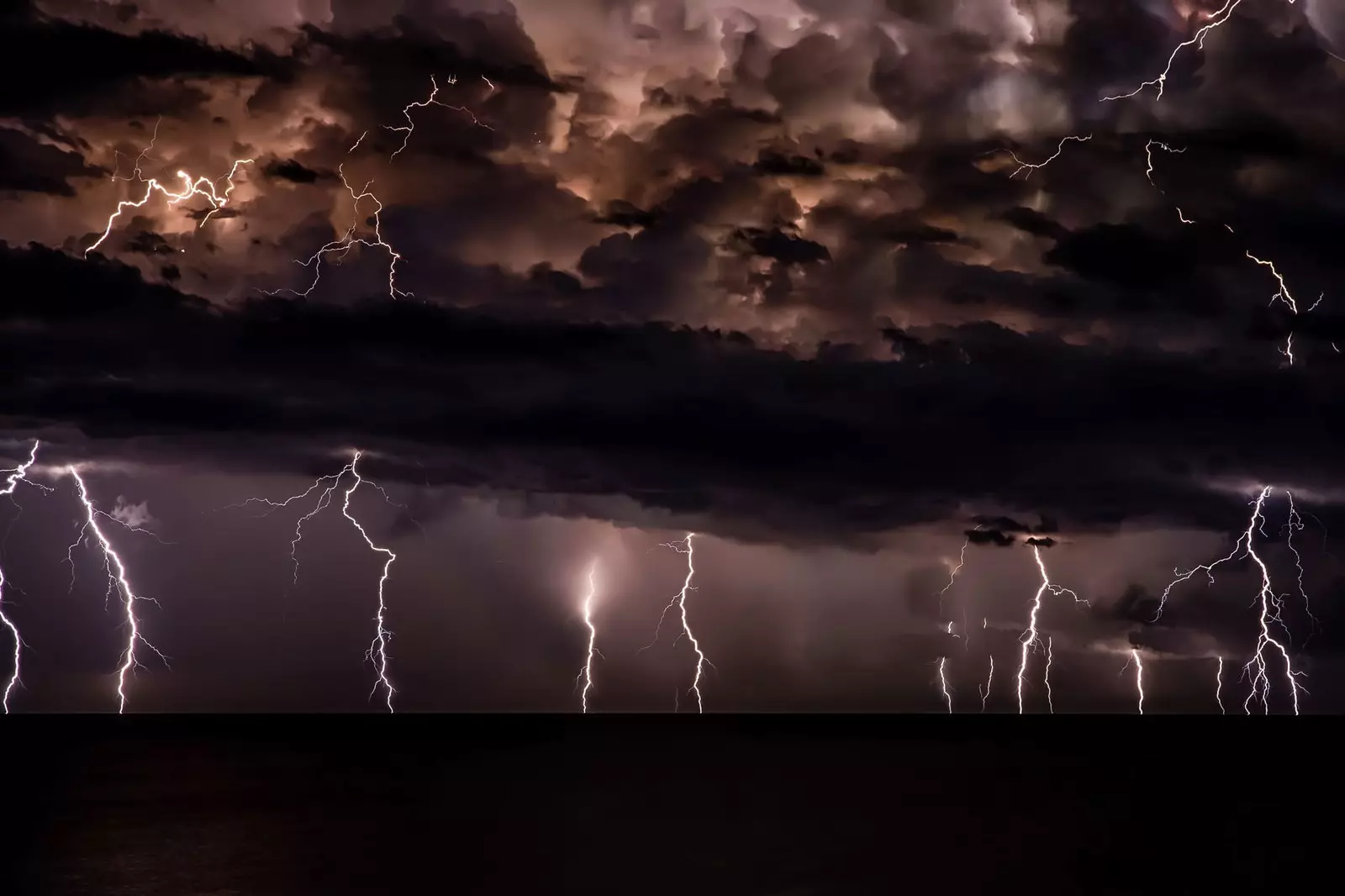
Peniscola, Castellon
